Being equipped with a charging socket for electric vehicles presents a number of advantages. It is less expensive than installing a home charging station and easier to install when you are a tenant. This solution has everything going for it – as it allows you to charge your EV either with an ordinary power outlet or a heavy-duty socket!
There are a number of different types of sockets with different charging characteristics for electric vehicles. We'll explain everything to help you make the most suitable choice for your needs.
Charging using a domestic socket
The standard power socket in France is the Schuko socket, often referred to as the domestic socket. This socket is found everywhere and, depending on your electrical installation, can be widely available.

While domestic sockets are mainly 16A in houses and flats, 32A sockets are available for appliances requiring more power. The domestic socket can be used to charge an electric vehicle, provided you take a few precautions as an electric car cannot be charged in the same way as a smartphone!
→ Tips to charge a car with a domestic socket
-
Check that your electrical installation is in good condition
Using a damaged socket could be dangerous for your safety and could damage your electrical installation, so it is vital to check that the socket you are going to use for your vehicle is in good working order.
-
Preferably, you should charge your vehicle from a domestic socket on a dedicated line
While it's easy to find a power socket at home, it's sometimes difficult to get one with a dedicated line. However, using a socket with a dedicated line is crucial to ensure better charging power. An electric vehicle can charge up to 2.3kW on a standard socket under the best conditions. By installing a Shcuko socket on a dedicated line, you will optimise the charging power and prevent all the sockets in your house from tripping in the event of a power cut while your vehicle is charging.
-
Use a charging cable for occasional use for domestic sockets
Home charging cable, charging/charge cable for occasional use, cable for domestic socket, 8A charging cable, 10A charging cable: these are all names given to cables suitable for standard domestic sockets (schuko).
This charging cable is often supplied by car manufacturers when vehicles are delivered. Its power is limited to 10A or 8A, depending on the car make. It is the basic equipment for electric vehicles because it can be used easily by everyone.
In France, cables for domestic sockets are limited to a maximum of 10 amperes to comply with the mode 2 standard for charging electric vehicles.
As you can see, the domestic socket is the easiest charging solution. Although it's advisable to install a socket with a dedicated line, it's the cheapest option for charging an electric car. However, you shouldn't expect fast charging speeds, as this is the slowest charging system.
Heavy-duty sockets for electric vehicles
There are a number of alternatives to the domestic socket for enhanced safety when charging. Let's take a look at the main heavy-duty sockets available in France that are compatible with electric vehicles.
→ The Green’up socket
Legrand has developed a patented charging socket for electric cars called "Green'up". This socket is installed on a dedicated line and allows charging times of up to 2 times faster, thanks to a charging power of up to 3.7kW. You'll need either a Green'up charging cable or a charging cable that can withstand the 3.7kW rating.
The main advantages of the Green'up socket are that charging can be carried out safely over a long period of time, at night for instance, and that it is faster than using a domestic socket with special equipment.
The Green'up socket may seem expensive, but it can be installed yourself to cut costs. Green'up sockets are robust and hard-wearing, so they can be installed both indoors and outdoors, preferably in sheltered places for best all-weather performance.
Green'up sockets are available at prices ranging from €30 to €200, depending on the model. A complete, ready-to-install pack with mount, heavy-duty socket and circuit breaker costs around €180.
Other brands sell heavy-duty sockets for electric vehicles at a similar price to the Green'up socket, such as the Mureva heavy-duty socket from Schneider.
→ The P17 (CEE17) heavy-duty wall socket
There is an alternative to the Green'up socket, which is sometimes criticised for not meeting standards, but which is not illegal in France: the P17 (CEE17) heavy-duty wall socket.
Mainly installed for industrial use, the P17 socket is a heavy-duty socket that allows electrical appliances to be plugged in without the risk of overheating compared with a standard socket.
The CEE17 16Amps single-phase wall socket is nothing more than the equivalent of the famous Green'up socket in terms of charging power. The only difference is that it has no child protection. To make the CEE17 socket safe, you'll need to install specific protection when you install it so that you can switch it off when it's not in use and so that it's out of children's reach (overhead installation).
By using the CEE17 16A single-phase wall socket as an electric car charging socket, you can charge your vehicle at a power of 3.7kW for several hours on 16A current.
The installation of a CEE17 heavy-duty wall socket should be carried out by a qualified professional above a power rating of 3.7kW. It can also be fitted to a Green'up socket, which has already been installed by a professional, without modifying the electrical installation.
The strength of the CEE17 heavy-duty wall socket lies in the fact that it is available in several variants, with a three-phase rating of up to 32 amps, giving a charging power of up to 22kW. However, these more powerful models require an electrical circuit and dedicated protection in addition to the safety protections.
To take advantage of accelerated charging using a charging socket, it is therefore advisable to choose a CEE17 heavy-duty wall socket suited to your needs, depending on your electrical installation and your vehicle.
Comparison of different sockets for charging an electric car
| Domestic socket (Schuko) | Green'up socket | P17 (CEE17) socket | |
|---|---|---|---|
| Max. amperage for charging | 10A | 16A | 16A-32A (single-phase and three-phase) |
| Max. power | 2,3 kW | 3,7 kW | 3,7 to 22 kW (depending on model) |
| Estimated charging time for a Tesla Model Y | 15hrs 47mins | 9hrs 49mins | 9hrs 49mins to 3hrs 18mins (depending on model) |
| Installation of a dedicated line | Recommended | Recommended | Recommended |
| Type of installation | House, joint ownership propriety, companies | House, joint ownership propriety, companies | House, companies |
| IRVE installer | No | Recommended | No |
| Price of socket only | €10-€30 | €90-€180 | €15-€30 |
| Compatible equipment | Charging cable for domestic socket | Charging cable for domestic socket, Green'up charging cable, | Charging cable for charging socket (16A) |

You are now aware of the advantages and disadvantages of home sockets and heavy-duty sockets for charging an electric vehicle. As you will have realised, installing a heavy-duty socket is necessary when you charge your vehicle at home on a regular basis and it is not possible to install a charging point, or if you want to charge faster than using a domestic socket. In all cases, installing a socket on a dedicated line is recommended to improve vehicle charging performance and reduce the impact on other appliances when used simultaneously.
We hope this charging socket guide gives you all the information you need to choose the most appropriate socket for your vehicle.






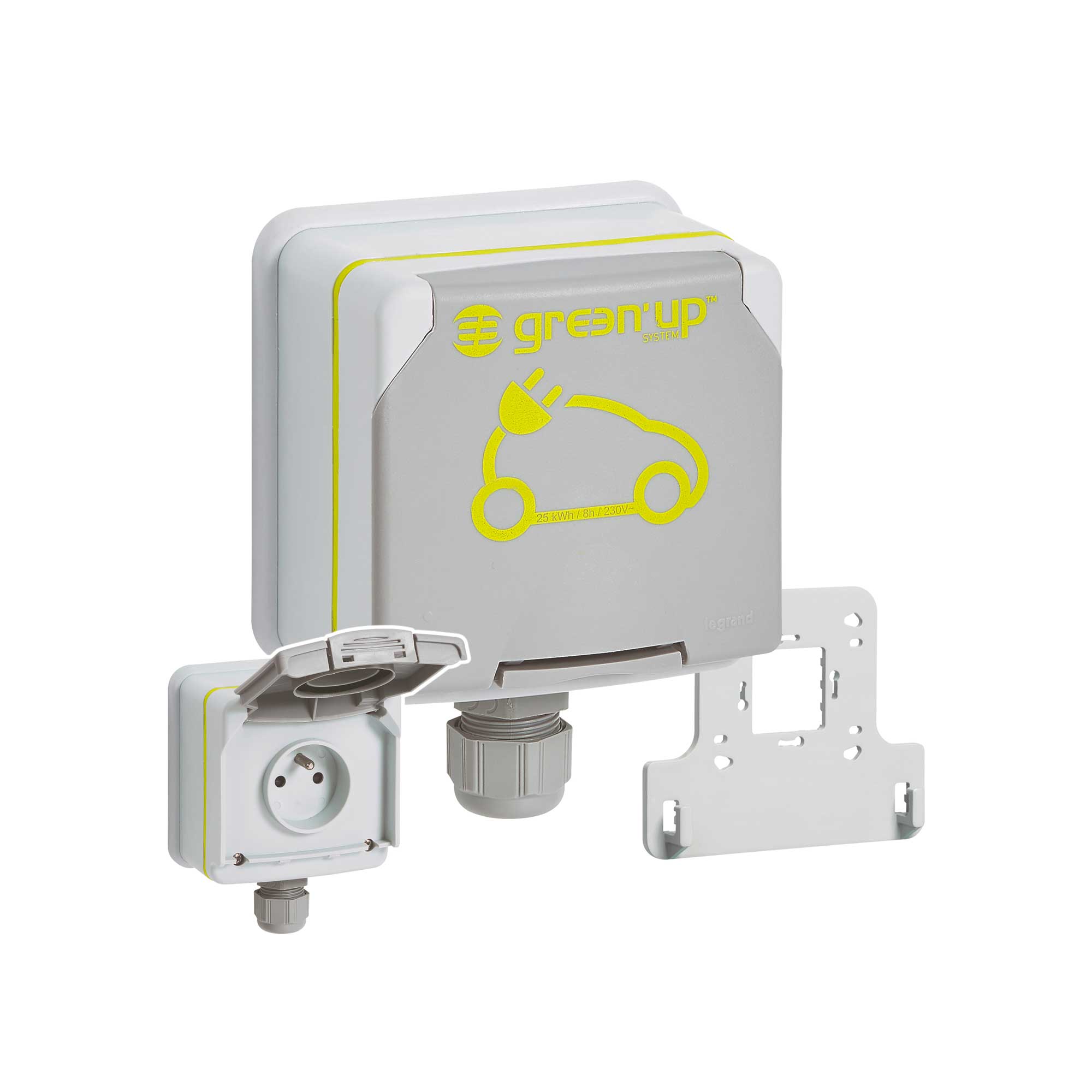
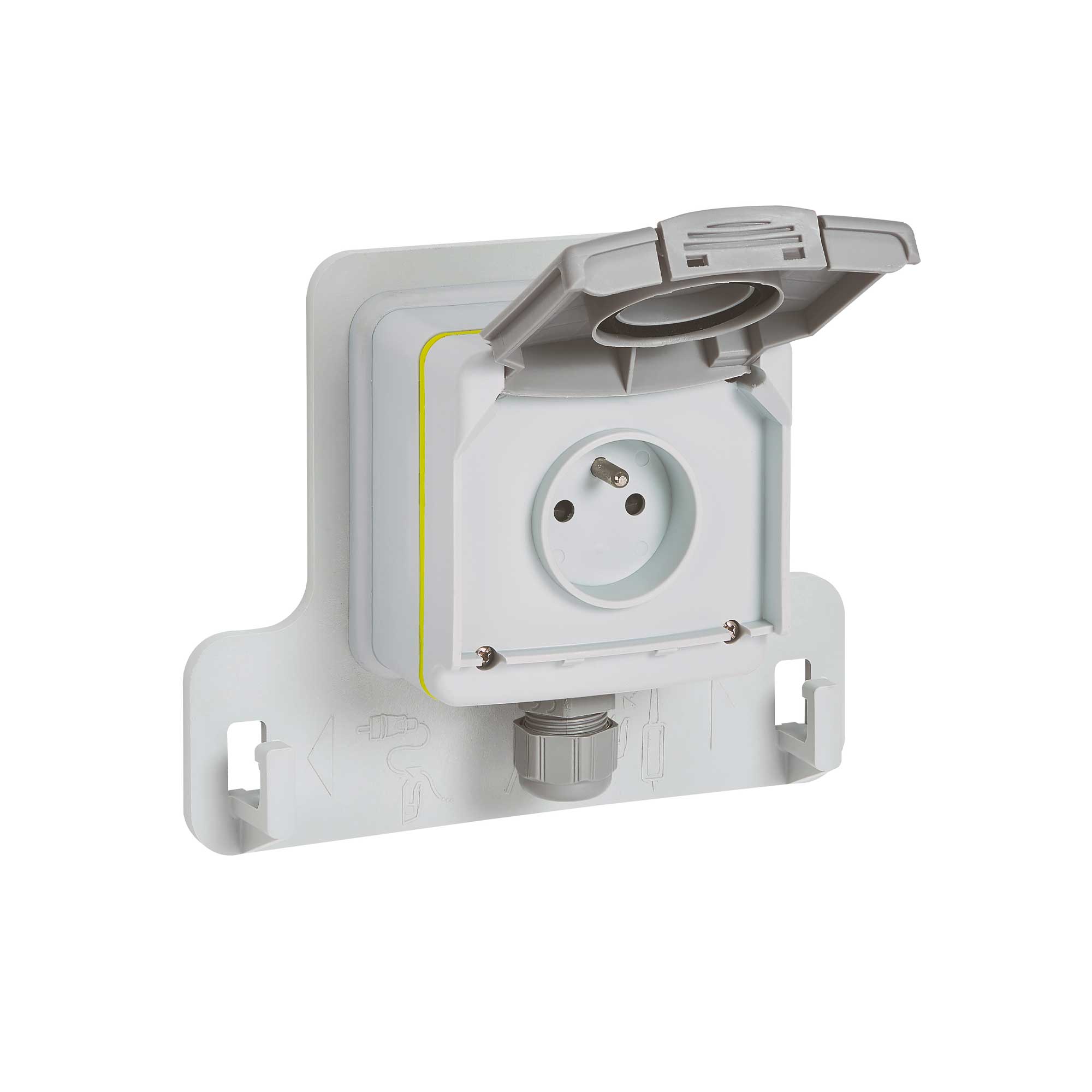
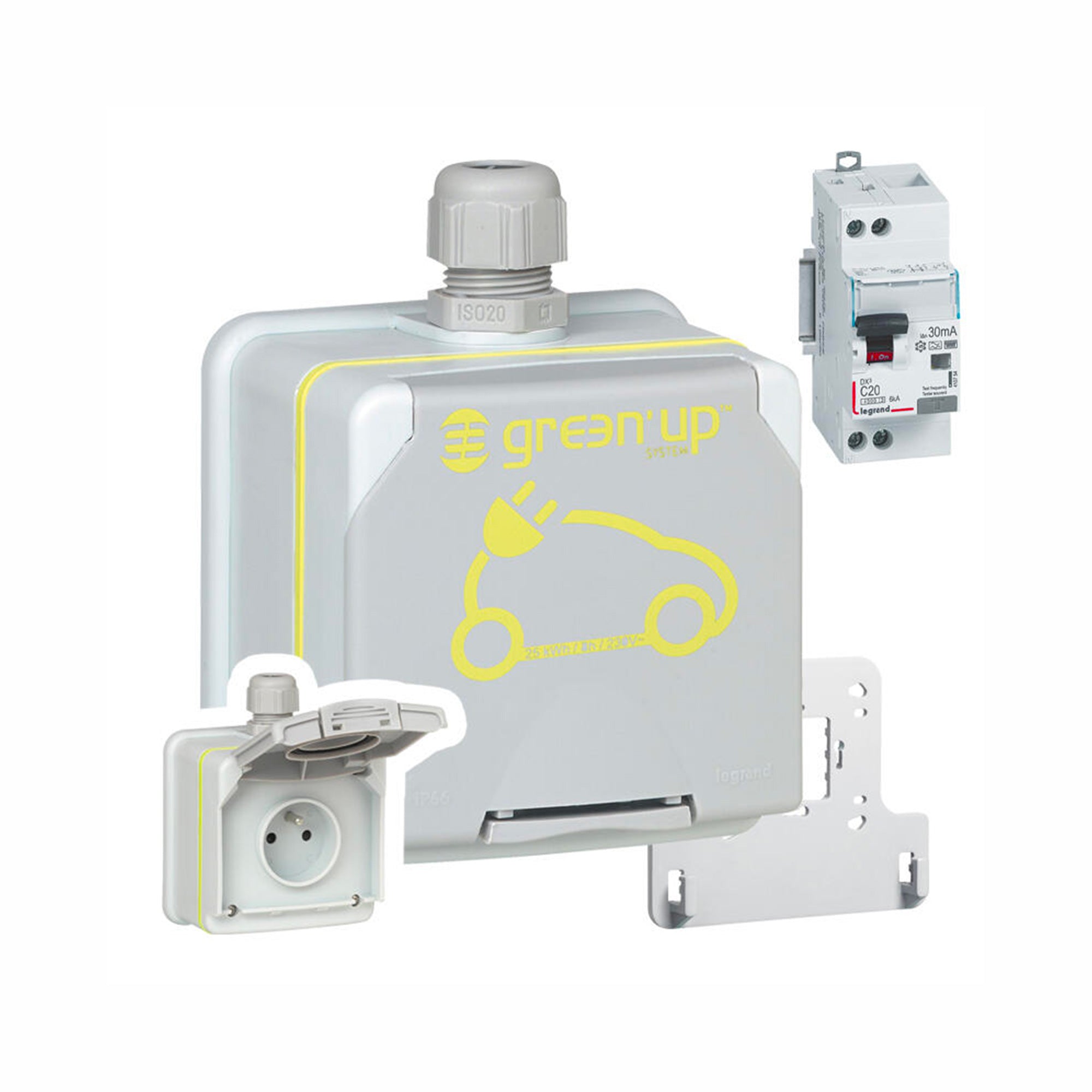
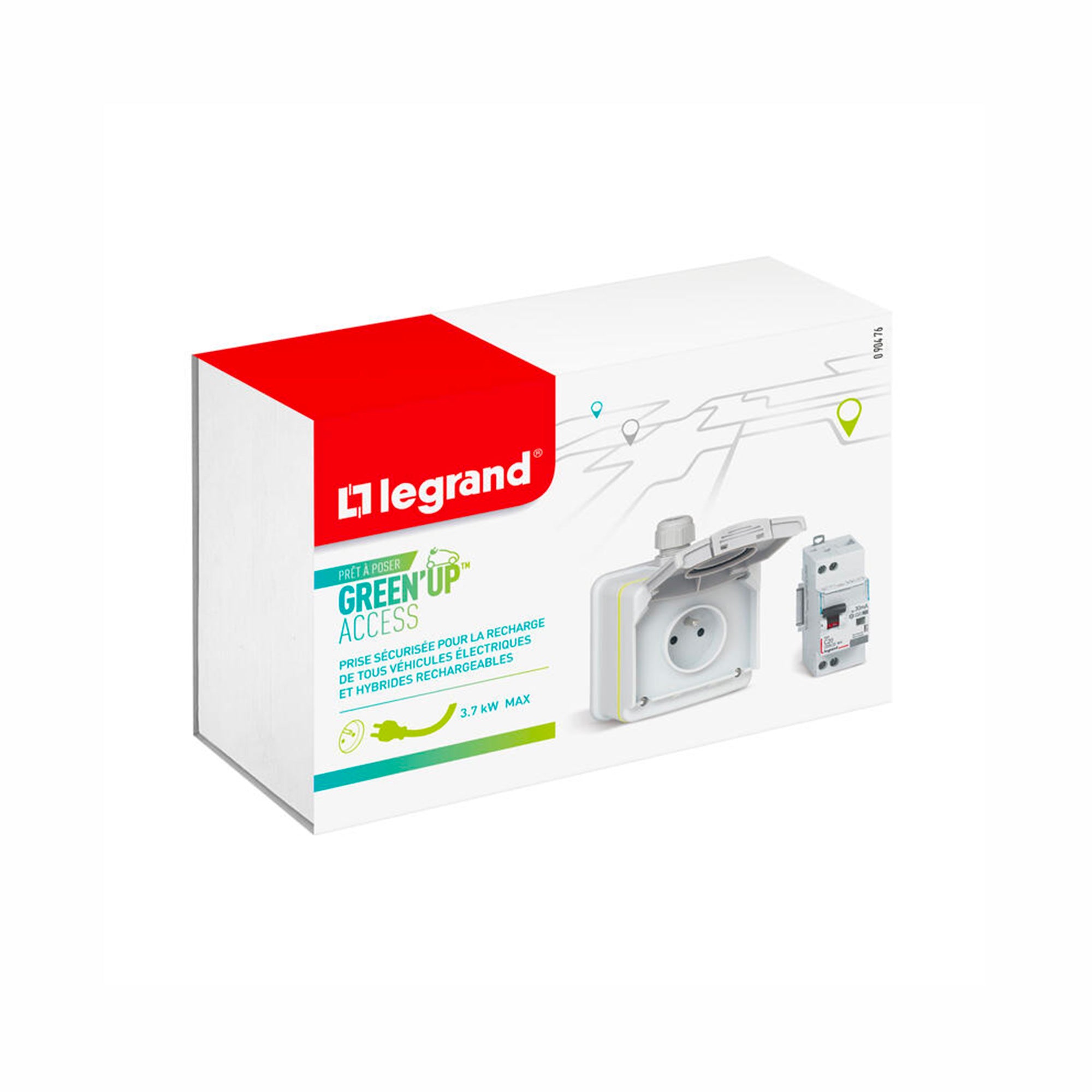
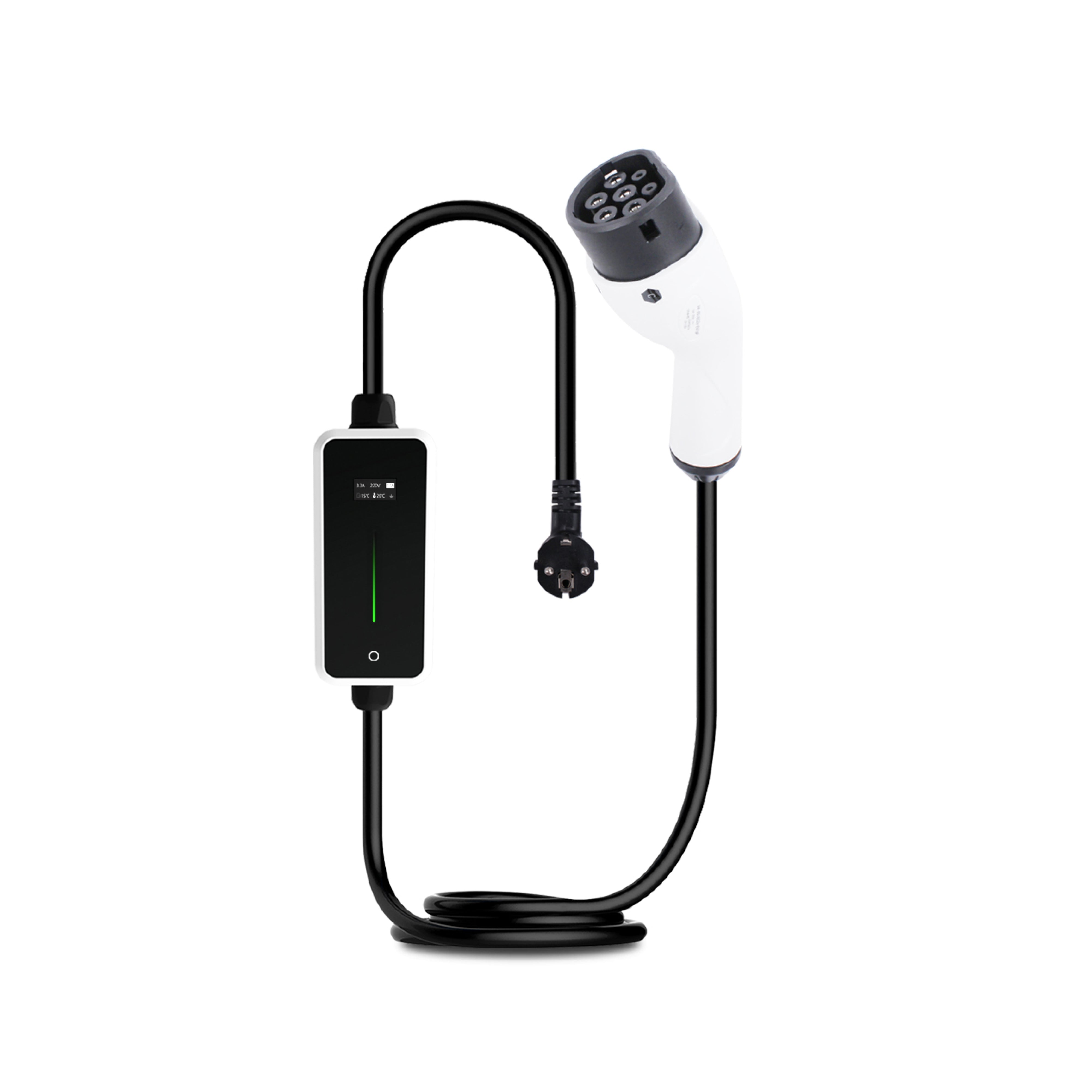
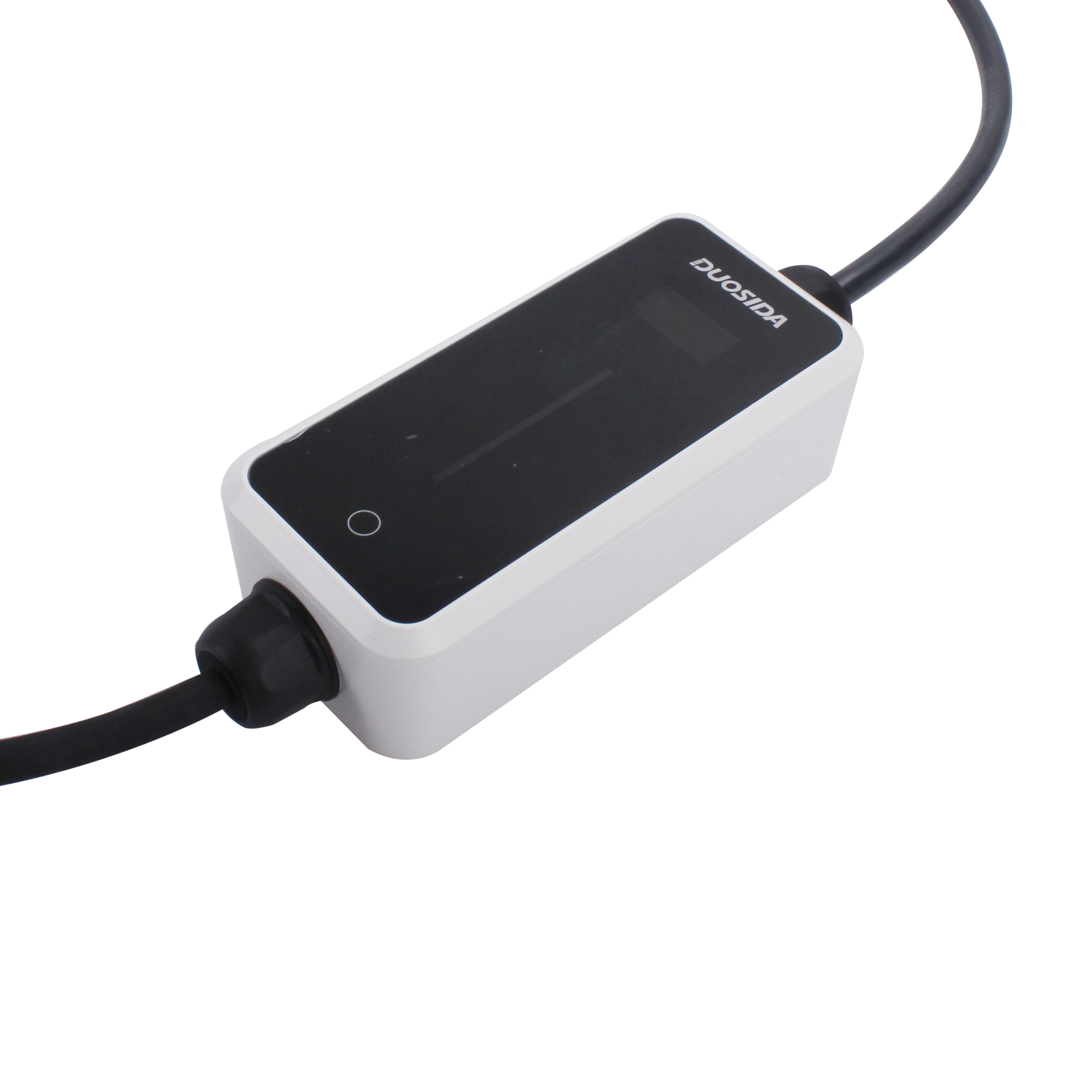
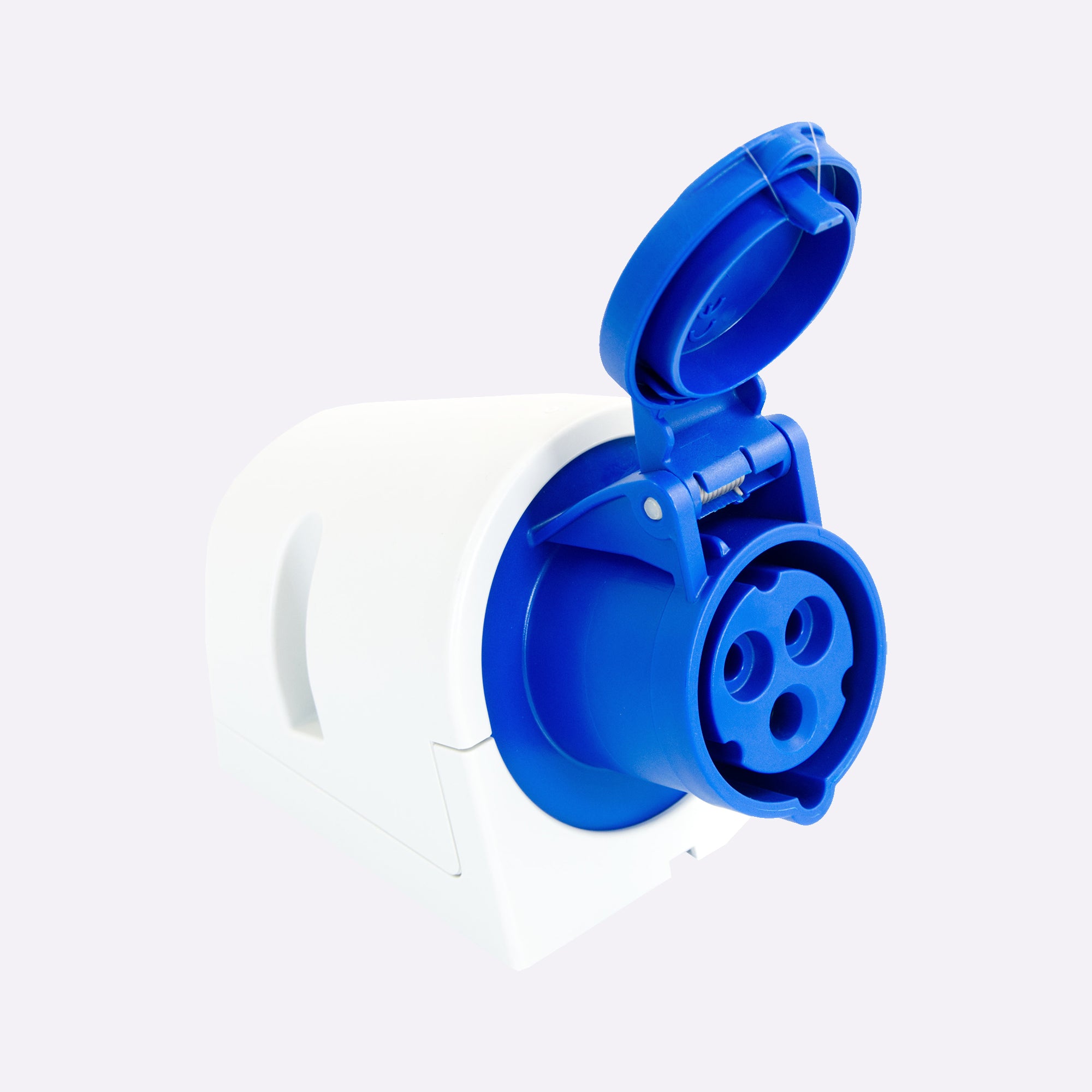

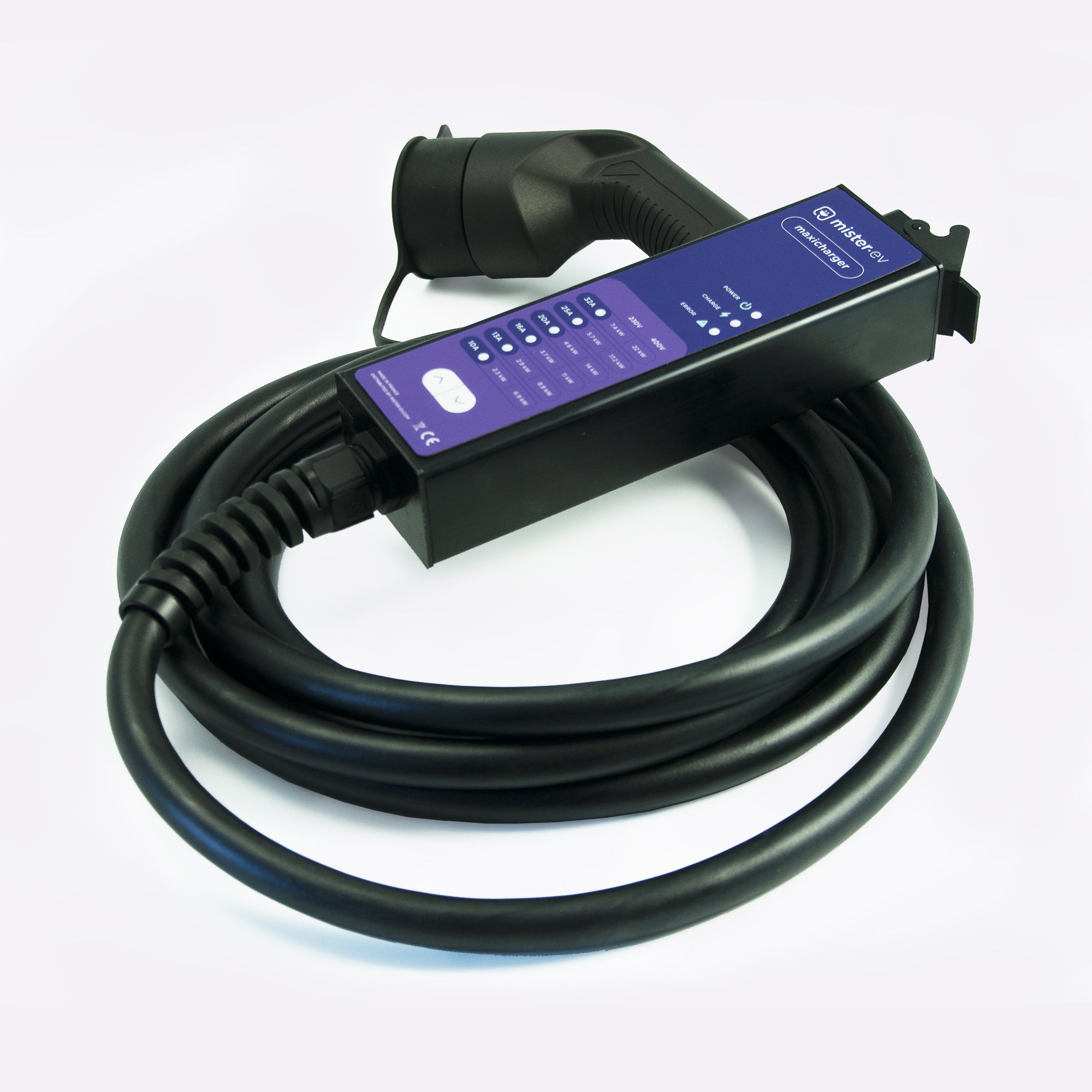
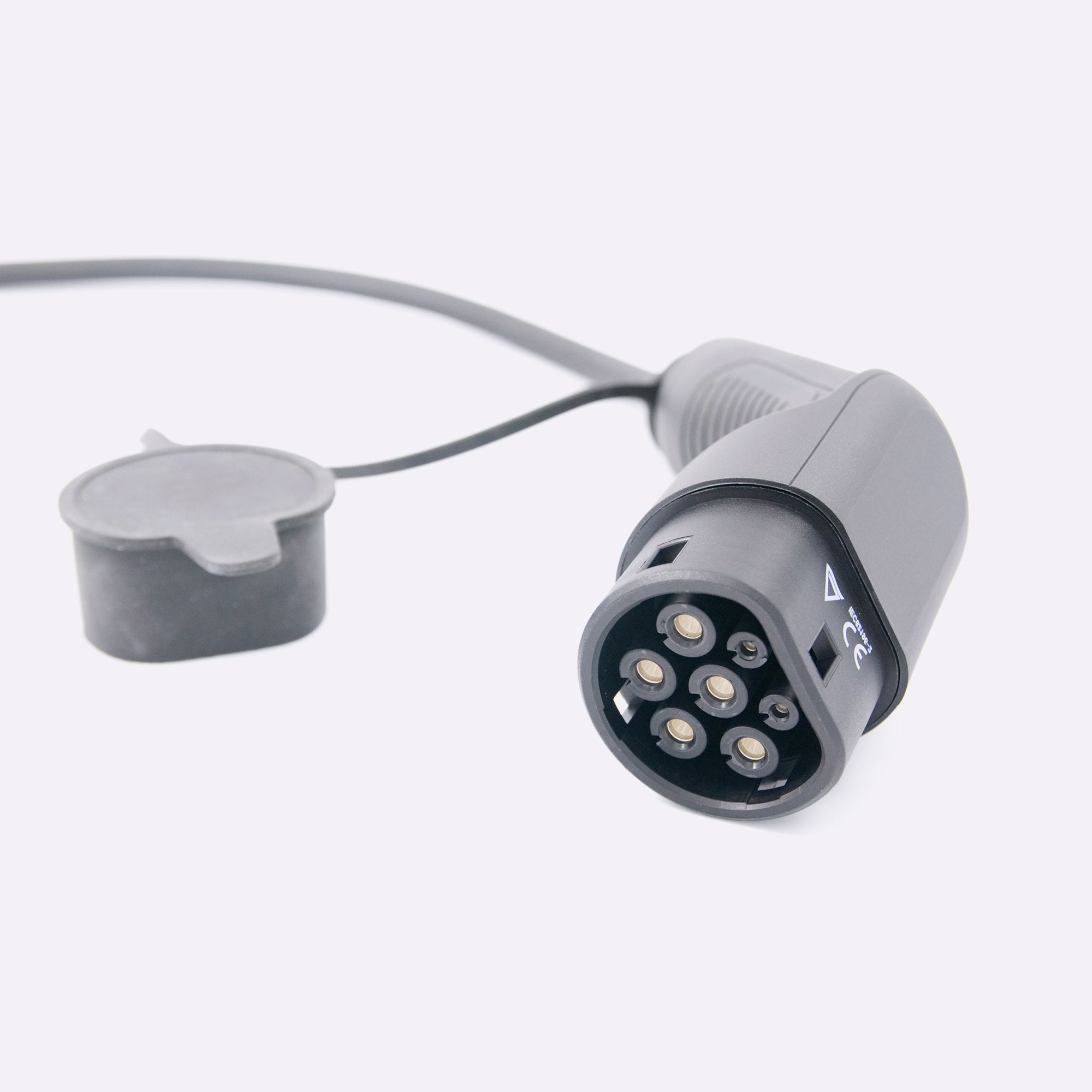



Le câble du chargeur contient un capteur magnétique et la prise green’up un petit aimant judicieusement placé et ainsi le chargeur sait qu’il peut prendre 16A. Demandez dans l’entourage qui a une green’up, faites un essai et vous verrez la chute du temps de recharge.
Le dispositif de charge fourni avec mon véhicule"hybride" a une puissance nominale de 2300w. (10A)
On m’a conseillé une prise Green Up pour obtenir une puissance de 3200w (16A).
J’ai bien du mal à comprendre comment m’a cellule de charge pourrait décider d’elle même cette augmentation d’intensité de 10 à 16A. Mon peu d’électricité se borne à me dire que c’est la charge (sous une tension donnée) qui détermine l’intensité qui circulera dans le circuit, quelle que soit la borne, domestique, Green Up ou renforcée.
Merci de m’éclairer sur ce sujet.
DD
Leave a comment